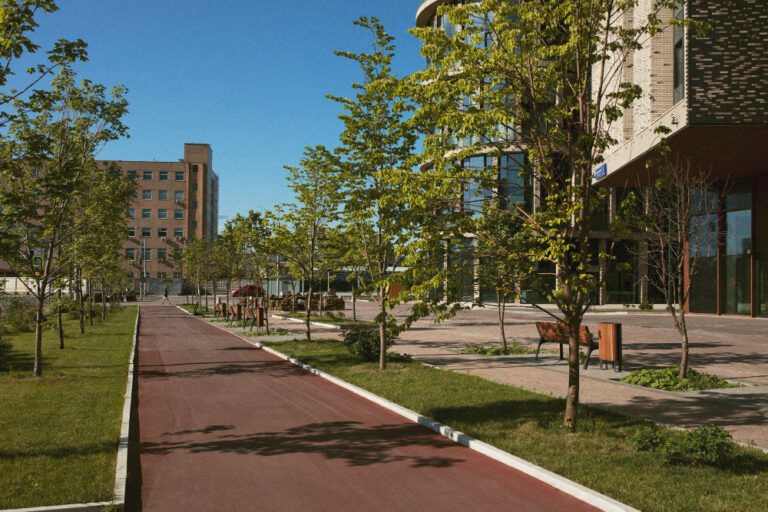It’s a common belief that real estate success is all about luck, but as experts, we know the truth. It’s about data. When you look at the Birmingham property market, the numbers tell a powerful story. They reveal where the growth is, what tenants want, and where your next big opportunity might be.
Let’s step inside the numbers and break down the key Birmingham property stats you need to know to make truly data-driven decisions.
Price Growth: The Big Picture
First, let’s talk about growth. For several years, Birmingham has consistently been a top performer for property price growth. This is no accident. The city’s ongoing transformation, including major infrastructure projects and job growth, is fuelling demand.
Birmingham property prices have seen large increases over the last ten years, seeing a boost of 66%. Birmingham property price forecasts for 2025 suggest that prices could rise by as much as 19.9% from 2024 to 2028, at an average annual growth rate of 3.7%.
This is fantastic news for homeowners and a clear signal for investors. It shows that your capital is likely to appreciate over the long term.
Rental Yields: What Investors Care About
Next, we look at rental yields. High yields are a key reason why so many people are attracted to the Birmingham property market. A strong rental yield means your investment is producing a healthy income each month after your expenses.
Certain areas in Birmingham offer extreme yields. For example, postcodes near universities and business districts often have the highest demand from students and young professionals. These tenants are seeking high-quality rental properties and are willing to pay for them. Knowing these numbers helps you find a property that works hard for you from day one.
Population & Demographics: The Engine of Growth
 Finally, we consider the people. The most important Birmingham property stats might just be the ones that relate to its population. The city is one of the youngest in Europe, with a growing number of people moving here for work and education.
Finally, we consider the people. The most important Birmingham property stats might just be the ones that relate to its population. The city is one of the youngest in Europe, with a growing number of people moving here for work and education.
This influx of people is the true engine of property growth. It creates sustained demand for both housing and rental properties. So, when you analyze the numbers, it’s not just about prices and yields; it’s also about understanding the people who are moving to Birmingham and what they need.
Ready to Use the Numbers to Your Advantage?
Understanding the latest Birmingham property stats is your key to a successful investment. They provide the confidence you need to make smart decisions. Don’t invest based on a hunch. Instead, let the data guide you.
Want to see how these stats can be applied to your investment strategy?
Contact Bablo Homes today to get an expert, data-driven analysis.
Premium Properties, Exceptional Yields.





